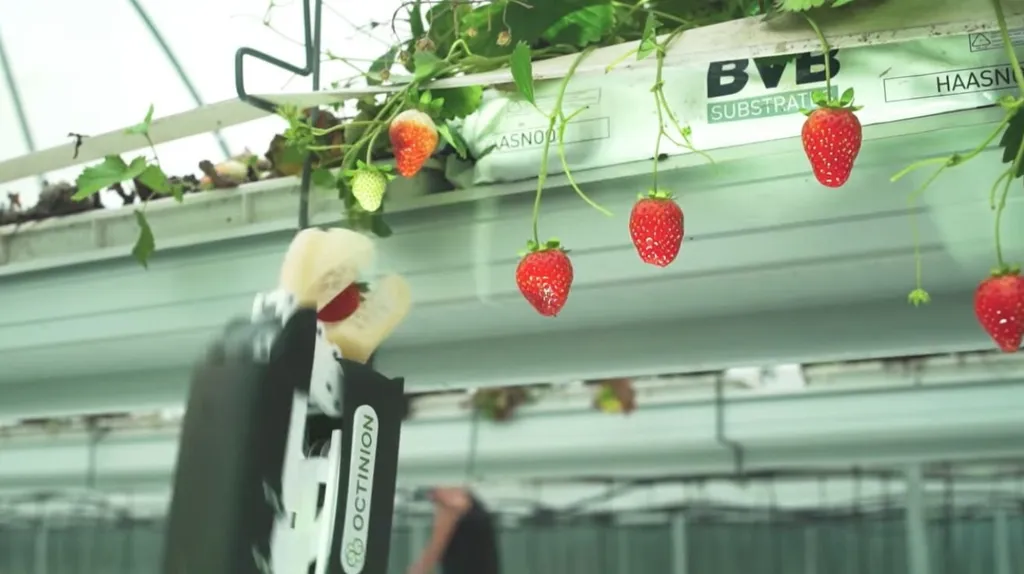In the heart of China’s Jilin province, researchers are tackling a challenge that could revolutionize the way we harvest one of the world’s most beloved fruits: strawberries. Led by Helong Yu from the College of Information Technology at Jilin Agricultural University, a team has developed a novel lightweight method for strawberry ripeness detection, promising to enhance the efficiency and precision of automated harvesting systems.
The challenge is significant. Strawberries, with their complex growth conditions—think dense foliage and variable lighting—have long posed a problem for automated detection systems. “The current methods often struggle with occlusion and illumination variations,” Yu explains. “This leads to inaccuracies in ripeness detection, which is crucial for quality and yield in commercial cultivation.”
Enter Ripe-Detection, a framework that integrates three key innovations: a PEDblock detection head architecture, an ADown downsampling method, and BiFPN-based hierarchical feature fusion. These components work together to improve the model’s ability to perceive details and adapt to different conditions, all while reducing computational overhead.
The results are impressive. Using a dataset of 1021 annotated images from the Changchun Xiaohongmao Plantation, the team demonstrated superior performance over existing lightweight detectors. “We achieved a mean average precision of 96.4% with only 1.3 million parameters,” Yu says. “This is a significant reduction in resource requirements, making our method more practical for real-world applications.”
The implications for the agricultural sector are substantial. Precision harvesting, enabled by accurate ripeness detection, can lead to higher yields, reduced waste, and improved quality. “This technology has the potential to transform the way we approach strawberry cultivation,” Yu notes. “It’s not just about efficiency; it’s about sustainability and quality.”
The research, published in the journal Agronomy (which translates to ‘Field Management’ in English), highlights the growing intersection of computer vision, deep learning, and precision agriculture. As the demand for nutrient-dense fruits continues to rise, the need for advanced detection systems becomes ever more critical.
Looking ahead, this research could pave the way for similar innovations in other crops. The principles underlying Ripe-Detection—adaptive feature learning, enhanced detail perception, and efficient computation—are universally applicable. As Yu and his team continue to refine their method, the future of automated harvesting looks increasingly bright.
In a world grappling with the challenges of climate change and food security, technologies like Ripe-Detection offer a beacon of hope. They represent a step towards a more sustainable and efficient agricultural future, one strawberry at a time.

